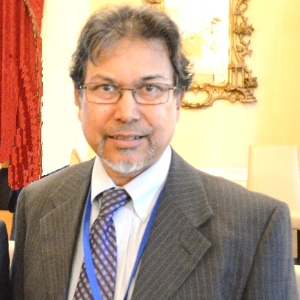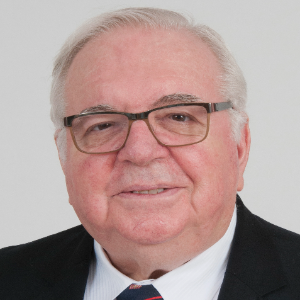Metals are essential, versatile, and may be employed in a variety of applications. Metals are utilised in the manufacturing of vehicles, cars, aeroplanes, ships, and railways, among other things. They can also be used to make household products like silverware and tableware, as well as packaging. It's difficult to think how any of us could survive without a regular supply of metals, from the pots and pans we use to cook with to the cars we drive and the airlines we fly with. There is an obvious demand for scrap metal recycling for a variety of reasons. One is environmental: permitting scrap metal to end up in landfills creates a risk since such metals contain toxins such as mercury, which can contaminate neighbouring soil and ground water. Metal recycling has the advantage of being able to be recycled multiple times without losing its qualities.
Manufacturers should be aware of the issues and consequences of releasing industrial wastewaters into sewage treatment systems today. Corrosion and other system interference, worker exposure to toxic compounds and hazardous gases, high sludge disposal costs, and toxic contaminants passing through to surface waterways are just a few of the consequences of incorrect or insufficient wastewater treatment. In modern production, removing soluble heavy metal ions from wastewater is a frequent industrial treatment requirement. Electroplating, electroless nickel plating, printed circuit board production, metal forming activities, battery recycling, and mining operations are some of the processes that generate waste streams containing heavy metals.
- Physical adsorption
- Chemisorption
- Treating heavy metals in wastewater
- Mechanochemistry
- Metal Recycling

Ephraim Suhir
Portland State University, United States
Thomas J Webster
Interstellar Therapeutics, United States
Robert Buenker
University of Wuppertal, Germany
Will Skene
Montreal University, Canada
Valeriy A Buryachenko
Micromechanics & Composites LLC, United States
Anis Rahman
Applied Research & Photonics, Inc, United States
Will Skene
Montreal University, Canada
Robert Guidoin
Laval University, Canada
Robert Buenker
University of Wuppertal, Germany


Title : Introducing picotechnology: An exciting extension of nanotechnology
Thomas J Webster, Interstellar Therapeutics, United States
Title : The failure of both einsteins space-time theory and his equivalence principle and their resolution by the uniform scaling method
Robert Buenker, University of Wuppertal, Germany
Title : Material challenges with proton conducting ceramics for intermediate temperature hydrogenation/dehydrogenation applications
Saheli Biswas, Commonwealth Scientific and Industrial Research Organisation, Australia
Title : Porphyrin layers at metal-electrolyte interfaces monitored by EC-STM and CV
Marek Nowicki, University of Wroclaw, Poland
Title : Color control of electrochromes by structural modification
Will Skene, Montreal University, Canada
Title : Make experiments more efficient: Two simple and powerful approaches. Mg2Si growth for photovoltaic and thermoelectric applications
Alexander S Gouralnik , Institute of Automation and Control Processes, Russian Federation
Title : Reconfigurable antenna structures using tunable materials
Nasimuddin, Institute for Infocomm Research, Singapore
Title : (0, 1 and 2) Dimensional hybrid architecture of the synthesized materials leads the smart sensing of the gaseous species at low/room temperature
D R Patil, North Maharashtra University, India
Title : Enhanced grain refinement, precipitates regulation, and improved mechanical properties of cast Al-Li alloy by Ti addition and heat treatment
Lixiong Shao, Shanghai Jiao Tong University, China
Title : Broadband sound attenuation of shape memory polymer with triangular-honeycomb unit cell metamaterial structural design
Musaab Ejaz, Universiti Teknologi PETRONAS (UTP), Malaysia